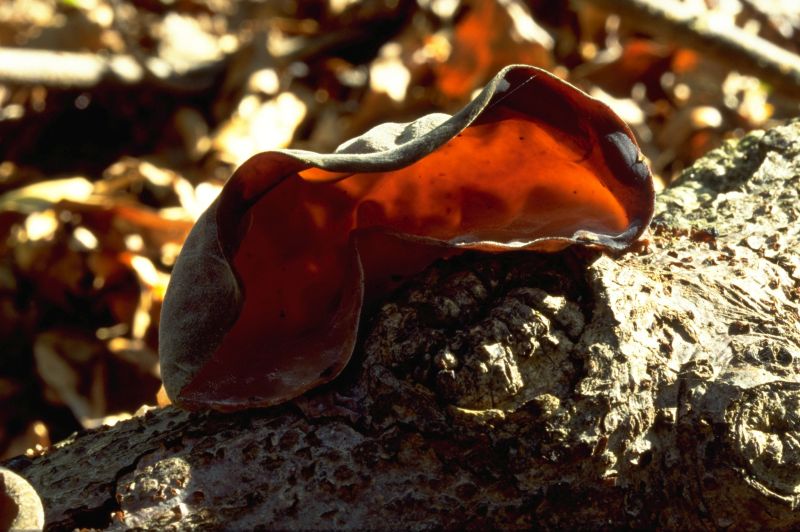

Cultivated wood ear may also differ from the wild form biochemically, either because of its genetics or because of its diet (typically sawdust and gain, not solid wood). auricula-judae without a microscope, and how they might differ from each other biochemically is not clear. The species of the North American complex are almost impossible to distinguish from each other or from true A. As result, it can be difficult to tell which species is actually being discussed. Older sources lump all these species together, and some newer accounts could as well, if the authors drew from older information.

Now, the North American wood ear appears to be not one but two or even three species, not all of which even have names yet, none of which are now included as A. It is Eurasian, but up until recently it was thought to have a North American distribution as well. Where the wood ear lives is a difficult question. It’s often available dried, when it loses its rubbery quality and turns black. And yet this rubbery ear can be eaten and has been cultivated for food in China for centuries. The fruiting body does, indeed, often resemble a human ear growing out of a tree and has a very rubbery texture, like gummy candy. The Lancet, 389(10085), 2239-2251.Auricularia Auricula-Judae or the wood ear is an odd-looking fungus with a long list of common names, including black fungus, jelly ear fungus, Judas ear, and the truly unfortunate moniker, Jew’s ear. Trends in Food Science & Technology, 92, 194-204. Dietary plants, gut microbiota, and obesity: Effects and mechanisms. DADA2: High-resolution sample inference from illumina amplicon data. European Journal of Endocrinology, 172(4), R167-R177. Mechanisms in endocrinology: Gut microbiota in patients with type 2 diabetes mellitus. Synergistic effect of nano-selenium and metformin on type 2 diabetic rat model: Diabetic complications alleviation through insulin sensitivity, oxidative mediators and inflammatory markers.
#Auricularia auricula judae full#
These results could offer a full explanation and a potential option for the adjuvant therapy of diabetes with AAPs.ĪKT AMPK Auricularia auricula-judae (Bull.) polysaccharides gut microbiota type 2 diabetes.Ībdulmalek, S. Furthermore, our study firstly determined the specific underlying mechanism that AAPs ameliorates T2D through regulating AKT/AMPK pathways and modifying the gut microbiota. PRACTICAL APPLICATION: The article systematically verified the positive effects of AAPs on insulin resistance, glycolipid metabolism disorder, inflammation, and liver injury, key factors closely related to T2D.

Overall, this study confirms that AAPs can improve type 2 diabetes by regulating the AKT and AMPK pathways and modulating intestinal microbiota. Particularly, AAPs intervention mainly affected the amino acid metabolism and glycolipid metabolism pathways. In our study, AAPs elevated gut microbiota diversity and optimized microbial composition and function in T2D mice, characterized by increased Lactobacillus and Bacteroides abundance and decreased Clostridium and Allobaculum abundance. Furthermore, we investigated the association between changes of gut microbiota and AAPs effects using high-throughput sequencing of 16S rDNA for fecal samples. In addition, AAPs improved glycolipid metabolism disorders by activating the AKT and adenosine 5`monophosphate-activated protein kinase (AMPK) signaling pathways in T2D mice. The results indicated that 50 and 100 mg/kg AAPs significantly decreased inflammation, liver injury, and insulin resistance. In this study, we explored the effects and potential mechanism of AAPs on type 2 diabetes (T2D) using a high-fat diet and streptozotocin (STZ) induced C57BL/6J mice. It has been shown the potential of AAPs to improve diabetes as an effective adjuvant, but the underlying mechanism remains unclear. auricula (AAPs) are typically fungal polysaccharides and have a wide range of biological activities. Auricularia auricula-judae is an edible fungus with high nutritional value due to abundant polysaccharides, and is acknowledged as traditional food and medicine in Asia.


 0 kommentar(er)
0 kommentar(er)
